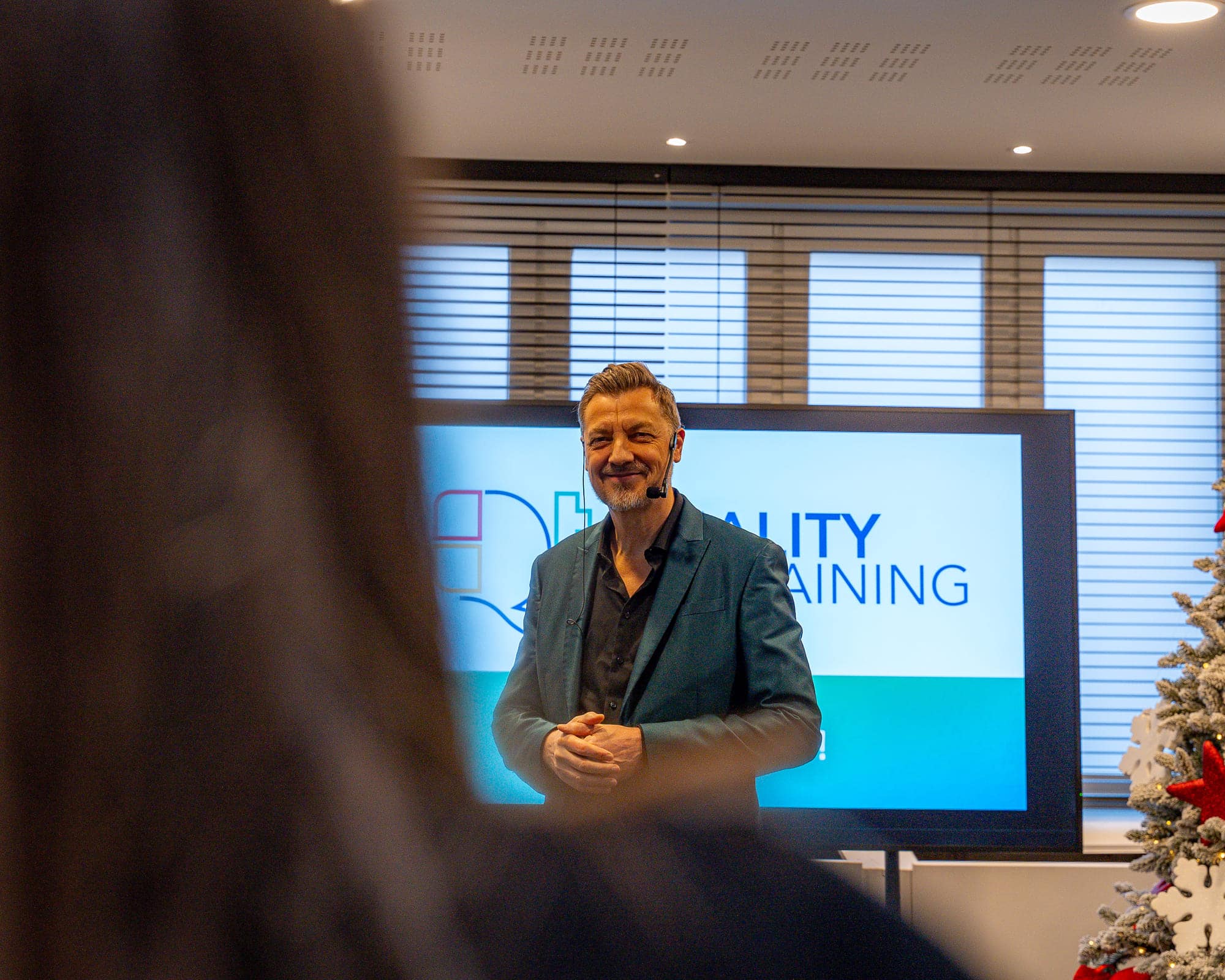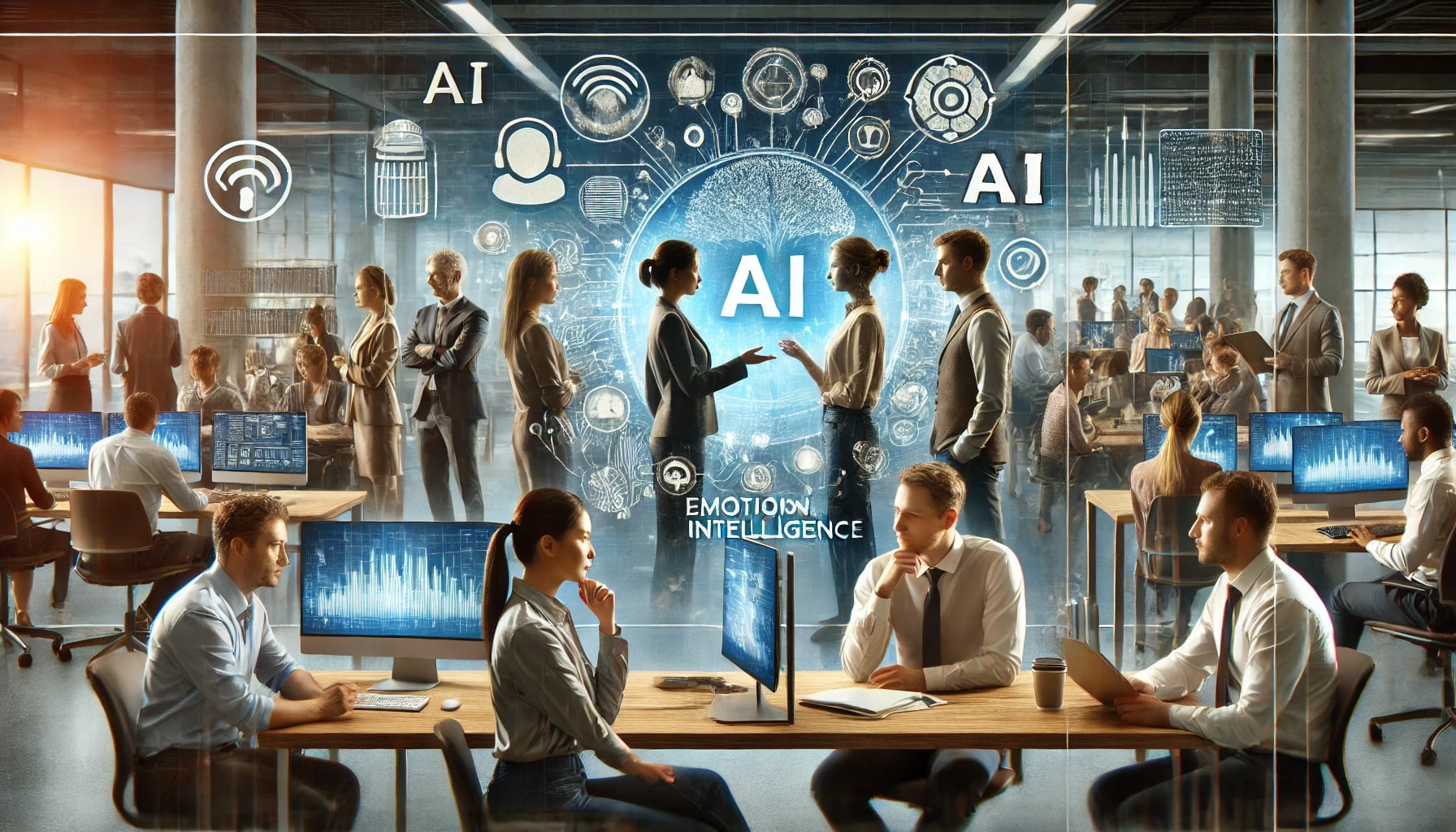Resistance to Change: Identifying, Understanding, Accompanying, and Overcoming It.
“Why change? We’ve always worked like this! This new thing won’t work!” This is a reaction any company can expect when implementing a change in strategy and organization. Inevitably, there are skeptics, discontent, and resistance. This is normal because change is anxiety-inducing; it alters reality and disrupts familiar reference points. However, there are excellent tools to accompany and effectively implement change through learning.
Let’s take a closer look:
In the early 1990s, Kodak faced a crucial tactical choice: whether to embrace digital photography or not. When the company finally decided to make the shift, it was too late. In 2012, Kodak filed for bankruptcy. Examples like this are abundant.
Working today in a company aiming to prosper tomorrow using yesterday’s tools is a mistake. In the 21st century, change has become the norm, no longer the exception. In a turbulent, competitive, globalized, and communication-dominated environment, a company needs a Swiss army knife equipped with flexibility, self-governance, continuous learning capacity, and adaptability to thrive.
To ensure its longevity, a company must be capable of adapting to changes in its environment. This is the essence of the evolutionary theory of economic change developed since Nelson and Winter’s foundational work in 1982.
The Monkey Theorem
Primates are not fond of change, and humans are primates. The “Monkey Theorem” is a thought experiment illustrating that often, it’s the company culture itself that creates inertia and resistance to change. This theorem crystallizes an operational absurdity that’s misunderstood yet universally accepted and repeated endlessly by all employees until someone finally decides to innovate and break the inertia.
Imagine twenty monkeys salivating over a banana hanging from the ceiling, above a ladder. When the first monkey climbs the ladder to grab the banana, a cold shower drenches all its companions. Quickly, to avoid the unpleasant cold shower, the primates will remain at the bottom of the ladder. They will give up on the banana and even aggressively target anyone who dares to challenge the group.
Gradually, all the monkeys are replaced by those who’ve never experienced the chilling shower. Yet, they’ll continue to avoid the banana, even if they have no idea why they act that way: “It’s just how things are done, that’s all.” The moral: acquired behaviors are deeply rooted and challenging to change.
How to Promote the Idea of Change?
Once a company identifies its weaknesses, strengths, and needs, it devises scenarios to better mobilize its energies and talents. Sometimes, change involves acquiring a new machine or an IT system. Other times, it might mean a shift in the commercial direction. Regardless, the visionary leader must negotiate, defuse conflicts, and reassure. While a new system imposed abruptly might fail, a strategy that values the human factor will be a winning bet. To mitigate resistance to change, the choice of words is crucial. Supported by a steering team, leadership must emphasize and transparently communicate four key points:
- Reassure: The change will be beneficial for both employees and the company.
- Accompany: The change won’t be overly complex and will be supported by compassionate guidance.
- Respect: The change will incorporate everyone’s experience and values.
- Listen: The change will be gradual and subject to adjustments.
Facing Resistance: Learning
Learning and innovation are the keys to success and survival in the 21st-century economy. But before learning, there’s already existing knowledge. Doubt about one’s abilities, fear of the unknown, or the feeling of already knowing everything build the wall against change. Not to mention the fear: “What if I can’t change?” Stress, anger due to increased effort or altered schedules, self-doubt, repeated sick leaves, decreased productivity, and disengagement are among the reactions of employees facing company changes.
How to address this? Gregory Bateson, a leading figure in the Palo Alto School, provided a key to combat resistance to change: continuous learning, saying “yes” to novelty. Continuous training involves learning to overcome rigid behaviors and promoting flexibility, open-mindedness, and creativity. It’s about viewing one’s own flaws or shortcomings and those of others as opportunities to grow.
So, while it’s comfortable to stick with what has always been done, a refreshing and surprising breeze can undoubtedly work miracles.
Ready, Set, Go: Change!




